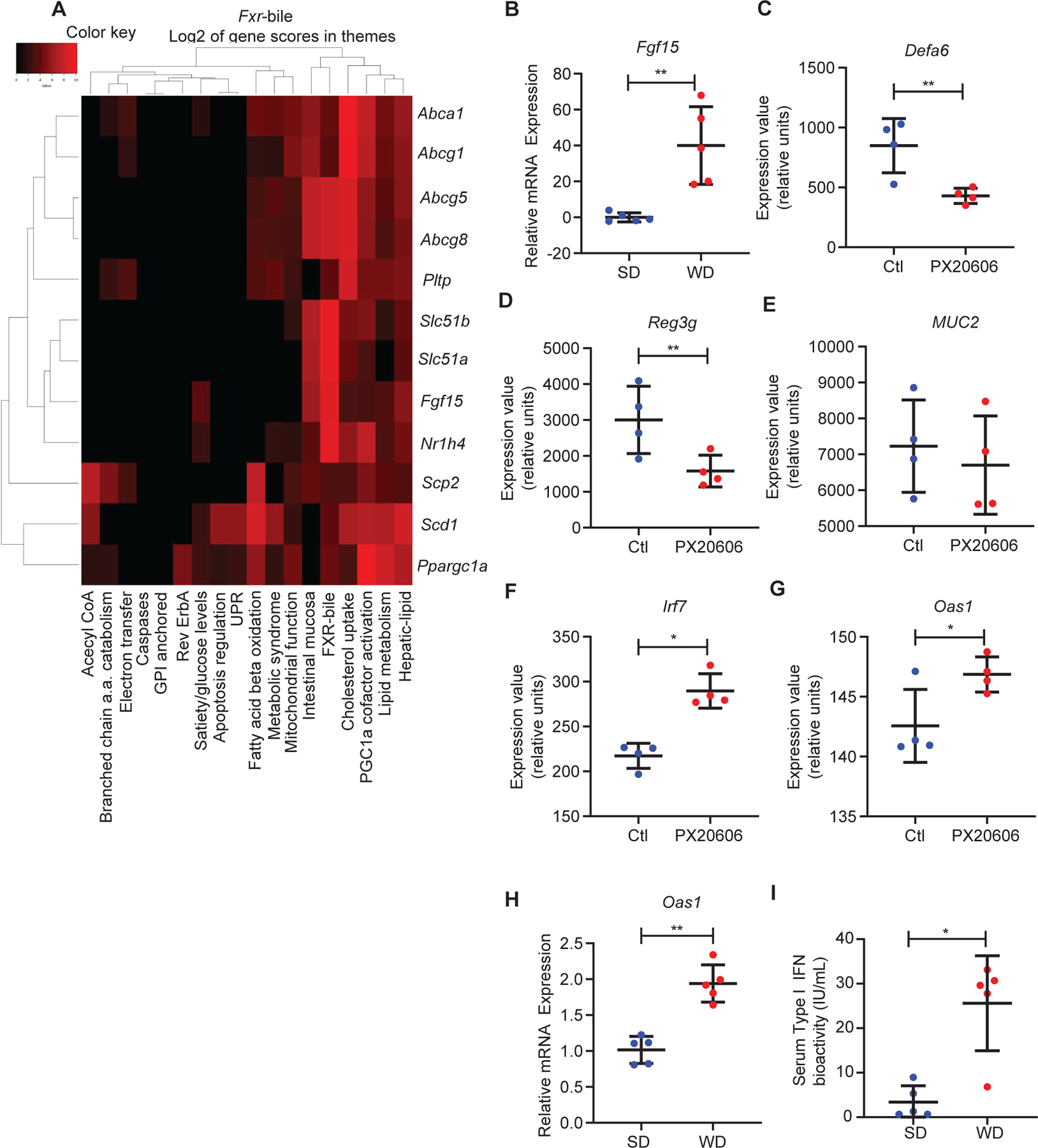Figure 2. Activated FXR and type I IFN signaling in WD-associated Paneth cell defects in mice.

(A) A heat map showing upregulated Fxr-associated genes in full-thickness ileum from WD-fed mice and their level of contribution to specific themes in the data set. (B) RT-qPCR of Fxr target gene Fgf15 showed that WD treatment resulted in induction of Fgf15 in the ileum (n=5/group; P=0.0079). By mining publically-available dataset GSE74101 (FXR agonist PX20606 treatment in WT mice), we found that FXR activation reduced Paneth cell-associated (C) Defa6 (adjusted P=0.002) and (D) Reg3g (adjusted P=0.009) expression, without significantly altering the expression of (E) gob let cell-specific gene Muc2 (adjusted P=0.1143). PX20606 treatment also increased expression of (F) Irf7 (adjusted P=0.01) and (G) Oas1 (adjusted P=0.03). (H) Ileum from WD-fed mice showed enhanced expression of Oas1 (P=0.0079). (I) WD-fed mice showed higher serum type I IFN activity (P=0.0159). (C-G): Benjamini & Hochberg adjustment to the P value was applied (n=4/group). (B, H, I): Statistical analysis was performed by Mann-Whitney test (n=5/group). (B-H): Error bars represent standard deviations.
